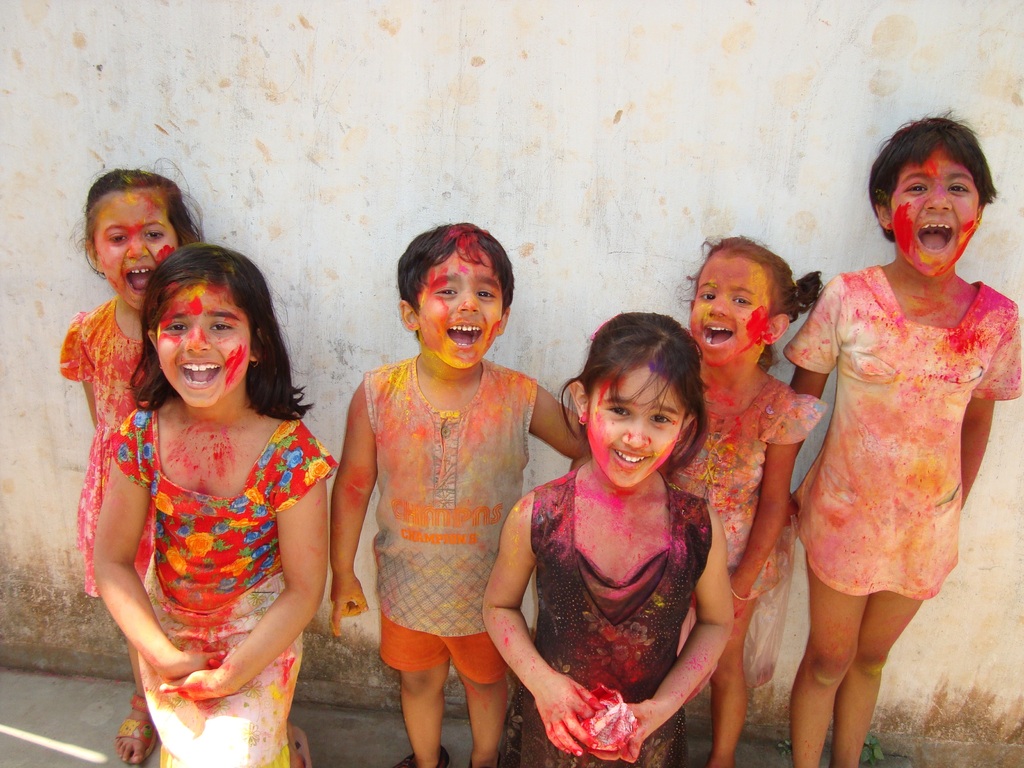India May Have Passed China as World’s Most Populous Country
If it hasn't happened already, it soon will.

NPR (“This baby could push India past China to become the world’s most populous country“):
In a sparse, one-room apartment on the far periphery of a booming megacity, the piercing cry of a newborn baby marks a population milestone for India.
He’s a boy named Vehant, born on Nov. 9 and weighing nearly 8 pounds. His first days were difficult; he developed a blood infection and was hospitalized for 10 days. Now he’s back home.
In many ways, Vehant embodies the new India. He’s the first in his family to be born in a hospital. His parents married for love — a rarity in a country where matchmaking is a tradition. And their young family — now settled on the fast-growing edge of India’s biggest city, Mumbai — is the product of a massive wave of migration out of India’s countryside.
“I cannot imagine him being born back in our village, without the kind of facilities we’ve had access to here,” says his 24-year-old mother, Naina Agrahari, who was born on the floor of her grandmother’s rural home.
Vehant has another distinction: He is one of the many babies who, in the months ahead, will bring India a new global title.
The United Nations says that sometime in 2023, India will officially overtake China as the most populous country in the world. It may actually have happened already: India hasn’t had a census since 2011.
According to the U.N.’s World Population Dashboard, China still had slightly more people than India at the end of 2022: 1.4485 billion, compared to India’s 1.4066 billion. But China’s population has stabilized and is set to shrink, while India’s is still growing — pretty fast.
More babies are born each year in India than any other country in the world. (The U.N. estimates more than 24 million annually, but the true number is likely higher because many births never get registered.) And more of them are born in burgeoning megacities like Mumbai — with a population of more than 22 million — than ever before.
Compared to previous generations, these newborn Indians are more likely to be born in a hospital than at home; more likely to survive to adulthood; more likely to become literate, educated and multilingual; and more likely to migrate within their lifetime, to different parts of their own country or the rest of the world.
And if efforts to eradicate female feticide are successful, the next generation of Indians will have more females than in recent decades.
Women and girls are the big beneficiaries of India’s population boom, and they’re changing the country in profound and unexpected ways, demographers say. The story of Vehant’s mother — and the choices she’s made — reflect the way that this new generation will grow up with far different prospects than past generations and will change the country itself.
There’s a whole lot more on the cultural changes, which are ultimately more important.
For reasons noted in the report, we don’t really know for sure what China’s or India’s populations are. But it’s quite likely that India taken the population lead, given a dramatically faster rate of growth.
By GDP India remains far behind China and the USA at $3.47 trillion while the USA is at $25.04 T and China is $18.32 T. I wonder if this will become a political issue internally on the subcontinent.
BTW, what is the best way to refer to citizens of India? Indian seems unsatisfactory.
@Slugger: All the Indians I know call themselves Indians when speaking English. I can’t think of anything else they call themselves except when they are referring to “South Asians” or “Asians”, but that encompasses more than just India.